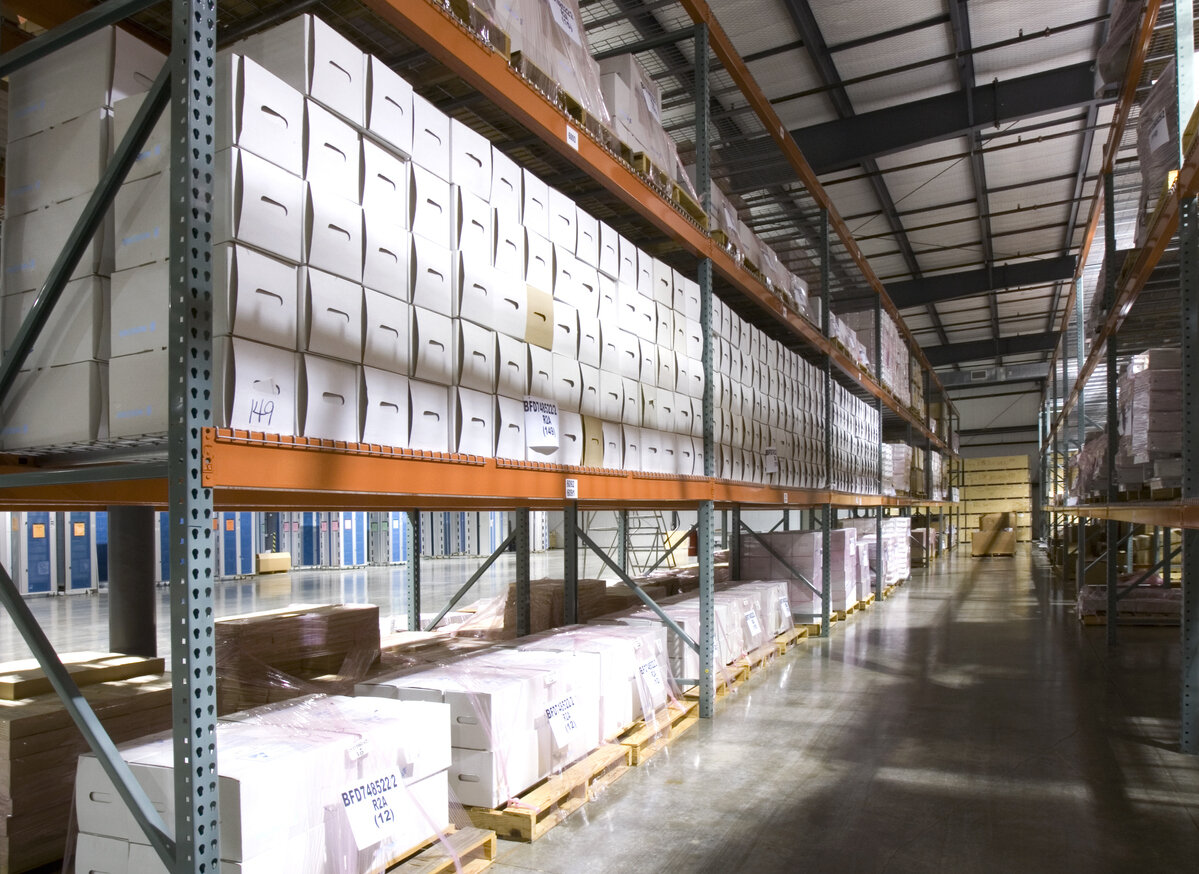How Can Shipping Managers Recover From COVID-19?
With full recovery expected to take up to 5 years, shipping managers must reprioritize their supply-chain strategy. Here are 6 issues to consider.
It is impossible to predict precisely when the supply chain will recover from the unexpected and powerful impact of COVID-19. The global economy has been affected. Consumers have seen their incomes devastated. And changing restrictions and surges in cases have forced shipping managers to pivot, innovate, and do their best to stay afloat.
Some experts estimate that the supply chain may need anywhere from three to five years to bounce back. Given that there are no hard and fast numbers to work with, shipping managers may face a complicated road ahead. Much is still not known, but what is known is this: COVID-19 will have a lasting impact on logistics. According to a new survey by Panjiva, 90% of professionals surveyed reported an impact on their supply chain. Almost a quarter of respondents predicted that they will be feeling the effects into 2022 and beyond.
So, what should shipping managers do to make it to the other side with business not only intact but thriving? In this article, we will discuss what to expect from the period ahead and what to do to survive this crisis, including these six issues:
-
Some transportation modes may recover sooner than others
-
Some industries may fare better than others
-
Expect a larger focus on last-mile delivery
-
Shipping managers may need to diversify their supplier pool
-
Savvy operators will increase their technological innovation
-
Forecasting future risks is key
-
Next steps on the road to recovery
1. Some transportation modes may recover sooner than others
LTL and FTL shipping methods are expected to recover sooner than other methods, while air and rail will likely take longer. Shipping via truck, as a whole, seems poised to be the most reliable method both during and after the pandemic due to the commodities involved in FTL and LTL.
2. Some industries may fare better than others
Just as it is important to reprioritize the method of shipping when planning a supply-chain strategy during and after COVID-19, it’s worthwhile to investigate the commodities within your portfolio. Certain industries are expected to recover faster than others. Essential supplies will likely recover faster, especially items related to healthcare and education. Other items, such as textiles, may take longer to bounce back.
Companies should plan on shifting not only the products they offer but also the demographics they serve. Paying close attention to popular commodities and markets that show high demand will allow shipping managers to realign their supply chain.
3. Expect a larger focus on last-mile delivery
Thanks to the rise of e-commerce — an especially popular retail channel amid the pandemic — last-mile carriers are more important than ever. Shipping managers should expect increased focus on last-mile carriers and a more competitive landscape when it comes to choosing these services.
4. Shipping managers may need to diversify their supplier pool
Diversification is key when it comes to recovering from COVID-19. Even for those lucky enough not to have suppliers impacted by the global pandemic, it is essential to anticipate a potential disruption. Shipping managers can build more resilient business strategies by diversifying their supplier pools. By having a wide range of suppliers at hand, your operation can avoid complete derailment in the event one supplier is affected by lockdowns or other restrictions.
5. Savvy operators will increase their technological innovation
Even in a non-pandemic world, technology is the future of supply-chain operations. This is even truer now that COVID-19 has altered the way customers shop and the way businesses handle shipping and fulfillment. Focusing on automation to reduce the need for manpower can streamline operations and produce a safer business model.
Other technological innovations can also help during the COVID-19 recovery period. This includes technology that forecasts supply-chain risks, finds the smartest routes to cut costs when budgets are razor-thin, and handles inventory management.
6. Forecasting future risks is key
It is impossible to predict what the future may hold, but understanding future supply-chain risks will help shipping managers prepare. Every business should have plans in place for the future of the pandemic, include plans for future waves of the COVID-19 virus and all other supply-chain risks.
Your next steps on the road to recovery
The COVID-19 crisis has proved challenging for shipping managers, but it has also taught operators how to innovate in order to succeed. Those who continue to innovate will be rewarded with a resilient business model that stands the test of time and recovers faster.
If you are looking to streamline your logistics department, make better use of technology, and tailor your back-office solutions for a logistics operation that works smarter and saves money during these unprecedented times, contact Resource Logistics Group.



